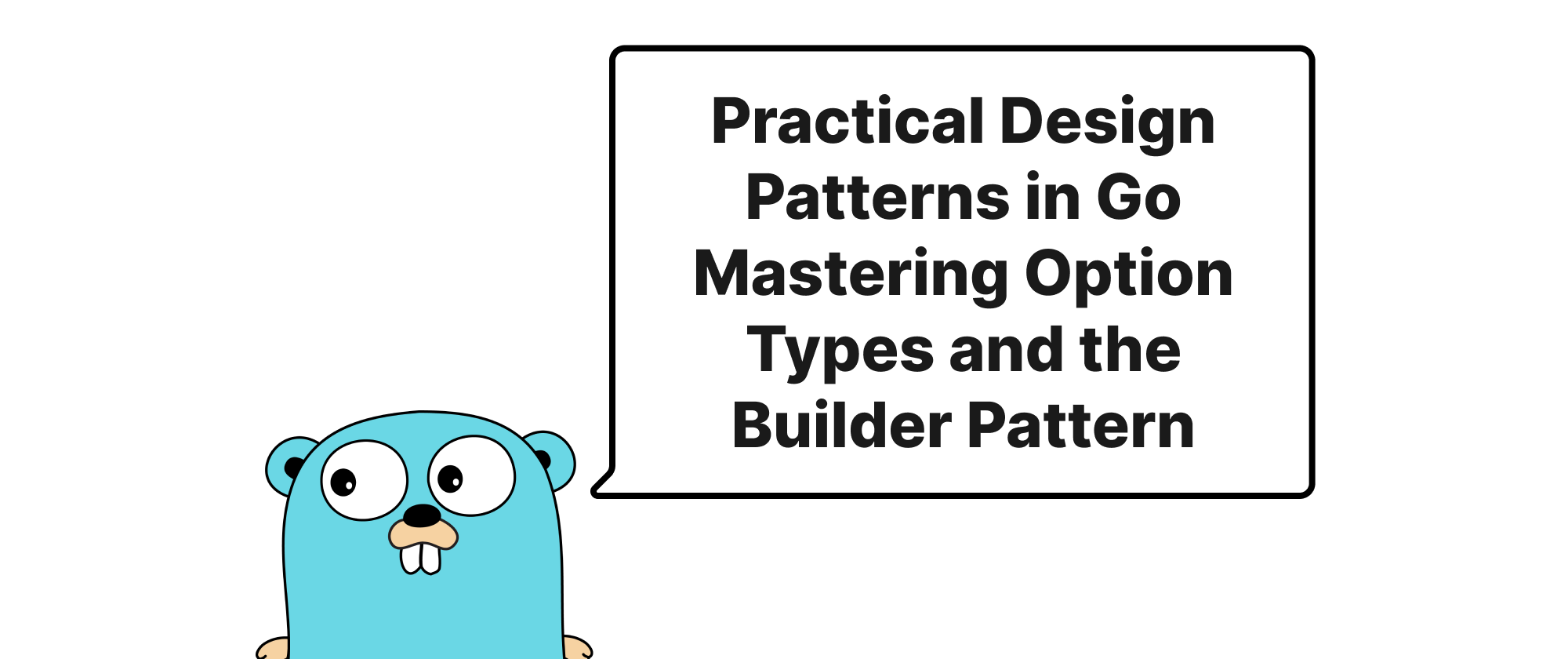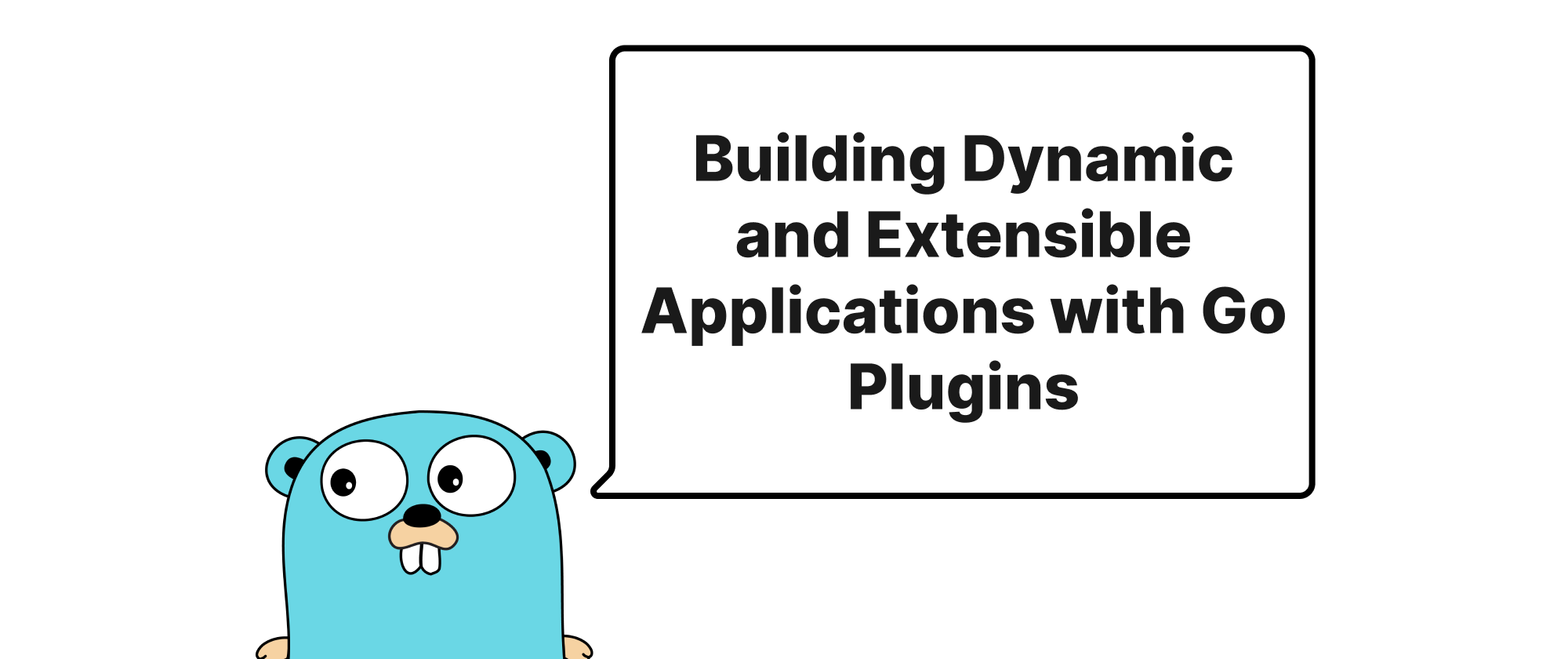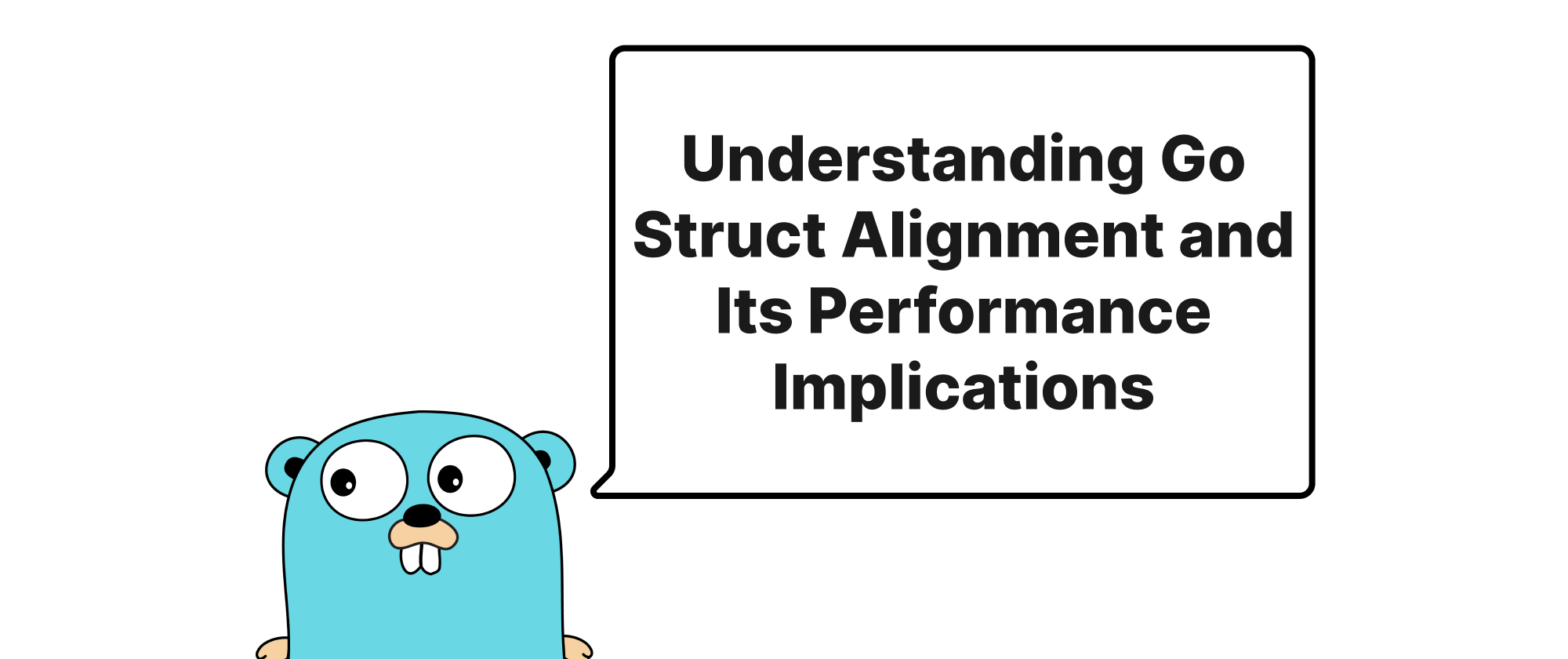Practical Design Patterns in Go Mastering Option Types and the Builder Pattern
Grace Collins
Solutions Engineer · Leapcell

Introduction
In the world of software development, writing functional code is just one piece of the puzzle. Crafting maintainable, robust, and extensible systems often requires a deeper understanding of established architectural principles. Design patterns offer proven solutions to recurring problems in software design, providing a common vocabulary and structure for developers. Go, with its emphasis on simplicity and explicit design, might seem at first glance to shy away from complex patterns. However, adapting and applying these patterns thoughtfully can significantly enhance code quality, especially when dealing with configuration, optional parameters, and complex object construction. This article delves into two such practical patterns in Go: the Option type and the Builder pattern, demonstrating how they elevate our Go code from merely working to truly well-engineered.
Core Concepts Explained
Before diving into the patterns, let's establish a foundational understanding of key concepts that these patterns address or leverage in Go:
- Immutability: An object whose state cannot be modified after it's created. Immutability simplifies concurrency and reasoning about data flow.
- Optionality: The concept of a value that may or may not be present. Handling absence explicitly prevents
nilpointer dereferences and improves code safety. - Method Chaining: A syntax where multiple method calls are strung together, with each method returning the object itself, allowing for a more fluent interface.
- Struct Literals: Go's concise syntax for creating new struct instances, often used for configuration.
- Variadic Functions: Functions that accept a variable number of arguments of a specific type, denoted by
...before the type. This is crucial for implementing functional options.
These concepts form the bedrock upon which the Option type and Builder pattern are built, enabling more idiomatic and safer Go programming.
The Option Type Enhancing Go's Configurability
The Option type, often referred to as "Functional Options," is a powerful pattern in Go for configuring objects or functions. Unlike languages with native optional types (like Optional in Java or Maybe in Haskell), Go encourages explicit handling of optional parameters, and the Option type provides a clean, extensible way to do so.
Principle and Implementation
The core idea behind the Option type is to represent configuration settings as functions that modify a target object or struct. Instead of having a constructor with many parameters, some of which might be optional, we provide a base constructor and then allow users to apply various "option functions" to customize the instance.
Consider a Server struct that might have various configurable settings: Host, Port, Timeout, MaxConnections.
package main import ( "fmt" "time" ) type Server struct { Host string Port int Timeout time.Duration MaxConnections int } // Option is a function that configures a Server. type Option func(*Server) // WithPort sets the server port. func WithPort(port int) Option { return func(s *Server) { s.Port = port } } // WithTimeout sets the server timeout. func WithTimeout(timeout time.Duration) Option { return func(s *Server) { s.Timeout = timeout } } // WithMaxConnections sets the maximum number of connections. func WithMaxConnections(maxConns int) Option { return func(s *Server) { s.MaxConnections = maxConns } } // NewServer creates a new Server with default values and applies functional options. func NewServer(host string, options ...Option) *Server { // Set default values server := &Server{ Host: host, Port: 8080, Timeout: 30 * time.Second, MaxConnections: 100, } // Apply the provided options for _, option := range options { option(server) } return server } func main() { // Create a server with default port, custom timeout server1 := NewServer("localhost", WithTimeout(5*time.Second)) fmt.Printf("Server 1: %+v\n", server1) // Create a server with custom port and max connections server2 := NewServer("remotehost", WithPort(9000), WithMaxConnections(500), ) fmt.Printf("Server 2: %+v\n", server2) // Create a server with only default values server3 := NewServer("anotherhost") fmt.Printf("Server 3: %+v\n", server3) }
In this example:
- We define
Serverwith all its configurable fields. Optionis a type alias for a function that takes a*Serverand modifies it.- Each
WithXfunction (e.g.,WithPort) is an "option constructor" that returns anOptionfunction. NewServertakes ahost(a mandatory parameter) and a variadic slice ofOptionfunctions. It initializes theServerwith defaults and then iterates through the provided options, applying each one to potentially modify the server's state.
Application Scenarios
The Option type is ideal for:
- Configuring clients or services: When a constructor needs to support a wide array of configuration parameters, many of which are optional.
- Middleware chains: Where you want to compose functionality by applying options to a handler.
- Framework-level configuration: Providing users with an idiomatic way to customize components.
This pattern promotes readability, makes optional parameters explicit, and allows for easy addition of new configuration options without breaking existing API signatures.
The Builder Pattern Constructing Complex Objects Gracefully
The Builder pattern, a creational design pattern, is used to construct a complex object step by step. It separates the construction of a complex object from its representation, allowing the same construction process to create different representations. In Go, it's particularly useful when an object has many attributes, some of which might be mandatory, and setting them through a single constructor becomes cumbersome or prone to errors.
Principle and Implementation
The Builder pattern typically involves:
- A Product being constructed (e.g.,
Car,User). - A Builder interface (less common in Go due to its simplicity, but the pattern's spirit remains).
- A Concrete Builder struct that stores the state for constructing the product and provides methods to set each attribute.
- A Director (optional) that knows the order of steps to build a product. In Go, this is often omitted, and the client directly interacts with the builder.
Let's illustrate with building a user object, where a user might have a Name, Email, Age, and a list of Permissions.
package main import ( "fmt" "strings" ) // User is the complex product we want to build. type User struct { Name string Email string Age int Permissions []string IsActive bool } // UserBuilder is the concrete builder. type UserBuilder struct { user User } // NewUserBuilder creates a new UserBuilder instance. func NewUserBuilder(name, email string) *UserBuilder { // Set mandatory fields during builder creation or first step return &UserBuilder{ user: User{ Name: name, Email: email, Permissions: []string{}, // Initialize slice IsActive: true, // Default active }, } } // WithAge sets the user's age. func (ub *UserBuilder) WithAge(age int) *UserBuilder { ub.user.Age = age return ub // Return the builder for method chaining } // AddPermission adds a permission to the user. func (ub *UserBuilder) AddPermission(permission string) *UserBuilder { ub.user.Permissions = append(ub.user.Permissions, permission) return ub } // SetInactive sets the user's active status to false. func (ub *UserBuilder) SetInactive() *UserBuilder { ub.user.IsActive = false return ub } // Build finalizes the construction and returns the User object. func (ub *UserBuilder) Build() *User { // Here you can add validation logic before returning the user if ub.user.Age < 0 { fmt.Println("Warning: Age cannot be negative, setting to 0.") ub.user.Age = 0 } return &ub.user } func main() { // Construct a user with method chaining adminUser := NewUserBuilder("Alice", "alice@example.com"). WithAge(30). AddPermission("admin"). AddPermission("read"). Build() fmt.Printf("Admin User: %+v\n", adminUser) // Construct another user guestUser := NewUserBuilder("Bob", "bob@example.com"). WithAge(25). SetInactive(). Build() fmt.Printf("Guest User: %+v\n", guestUser) // Construct a user with only mandatory fields defaultUser := NewUserBuilder("Charlie", "charlie@example.com").Build() fmt.Printf("Default User: %+v\n", defaultUser) }
In this example:
Useris our product.UserBuilderholds theUserobject as its internal state.- Methods like
WithAge,AddPermission,SetInactivemodify the internalUserand return*UserBuilderitself, enabling method chaining. - The
Build()method finalizes the object, potentially performing validation, and returns the constructed*User.
Application Scenarios
The Builder pattern shines when:
- Complex object creation: The object has many optional and mandatory parameters, making a traditional constructor unwieldy.
- Creation logic is complex: The steps to create an object require specific order or validation.
- Different representations: You need to construct different variations of an object using the same building process.
- Immutability after creation: Build an object and ensure it remains immutable afterwards (though Go's builder isn't strictly immutable during build, the final product usually is).
Conclusion
Both the Option type (functional options) and the Builder pattern provide elegant solutions to common challenges in Go programming, primarily concerning object configuration and construction. The Option type simplifies functions or constructors with many optional parameters, promoting clarity and extensibility. The Builder pattern, on the other hand, excels at constructing complex objects step by step, improving readability and allowing for intricate validation logic. By thoughtfully applying these patterns, Go developers can write code that is not only functional but also highly maintainable, resilient, and a pleasure to work with, demonstrating that simplicity in Go doesn't preclude sophisticated, well-structured design.


